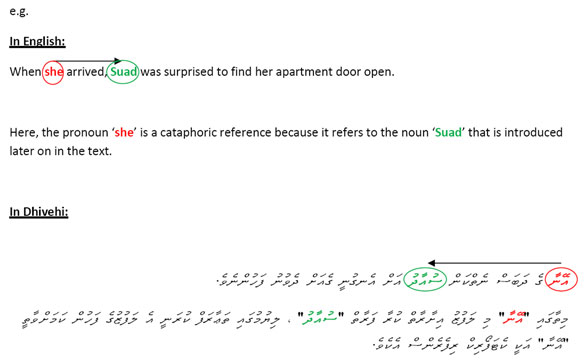Look carefully at the following utterances …
– Policeman: you are under arrest
– Referee: (pointing to the penalty spot) penalty!
– Boss: your services are no longer required
The philosopher J.L Austin (1911 – 1960) claims that utterances such as the ones above are equivalent to actions -Â i.e a new reality (social/psychological) is created when they are uttered.
Actions that are carried out through language are called speech Acts.
The theory where the effect of an utterance is analyzed in relation to the speaker and listener’s behaviour is Speech Act Theory.
Speech Act Theory can help analyze utterances from the perspective of their function rather than form.
Among the many types of speech acts that have been identified, 6 have received particular attention:
1. Representatives
2. Commissives
3. Directives
4. Declarations
5. Expressives
6. Verdictives
1. Representatives
These speech acts represent a state of affairs and can generally be characterized as true or false.
e.g.
– assertion
– claim
– statement
– description
– suggestion
– hypothesis
2. Commisives
These speech acts commit the speaker to a course of action.
e.g.
– threat
– vow
– pledge
– promise
3. Directives
These speech acts are intended to get the addressee to carry out an action.
e.g.
– command
– challenge
– invitation
– request
– dare
4. Declarations
These speech acts bring about the state of affairs they name.
e.g.
– blessing
– arrest
– marrying
– firing
5. Expressives
These speech acts indicate the speaker’s psychological state of attitude.
e.g.
– greeting
– condolence
– apology
– congratulation
6. Verdictives
These speech acts make assessments or judgments.
e.g.
– assessing
– condoning
– appraising
According to Speech Act Theory speech acts have 3 broad aspects that determine the outcome of an utterance:
– Locution
– Illocution
– Perlocution
Locution
– the semantic or literal significance of the utterance
Illocution
– the intention of the speaker
Perlocution
– how the message is received by the listener
e.g.
can I see that pen?
Locution: show me that pen
Illocution: (most probably) a request for the pen to be passed on to the speaker
Perlocution: the listener might interpret this just as a request for the pen to be shown (from a distance)
As illustrated above, when locution, illocution and prelocution are out of balance, serious miscommunication can occur
Pragmatic rules help to coordinate the structure of the utterance with the context of the message
To be an effective speaker (i.e, one who gets his message across without hurting/offending others) it is necessary to be aware of the three factors: locution, illocution and perlocution.
Then, the rules of discourse that will ensure that the utterance is correctly coordinated, must be applied.
The way to do this is by coordinating the structure of the utterance with the context of the message.
This may perhaps seem a mammoth task! However, children quickly begin to learn and apply these rules as soon as they begin to talk (if not earlier)
There are many such rules that govern how content of an utterance should be structured in order to convey the intended message
The first set of rules involves coordination of the non linguistic cues with the intent of the linguistic components of the message
Non linguistic contextual cues can totally change the locutionary content of a linguistic message.
e.g.
You get 5 out of 25 for an assignment and a friend (?) says in a sarcastic tone:
Wow, you scored well on that!
The tone of voice and the facial expressions belie the locutionary content of the utterance.
One of the most important verbal aspects to be considered is lexical selection
Of course, there are many other pragmatic verbal considerations including:
– maintaining a topic (many small children start a new topic with almost each new sentence)
– changing a topic (people get bored if you have only one topic of interest)
– introducing a topic (it’s necessary to provide not too much, nor too little information in the process)
Although the principles that govern the interpretation of utterances are diverse and complex, (and despite occasional misinterpretations) people in most situations manage to understand utterances essentially as they were intended.
This is because without reason to accept otherwise, interlocutors normally trust that they and their conversational partners are honouring the same interpretative conventions.
There is an unspoken agreement that people will cooperate in communicating with each other, and speakers rely on this cooperation to make conversation efficient.


thanks for this note!
it is really helpful. 🙂